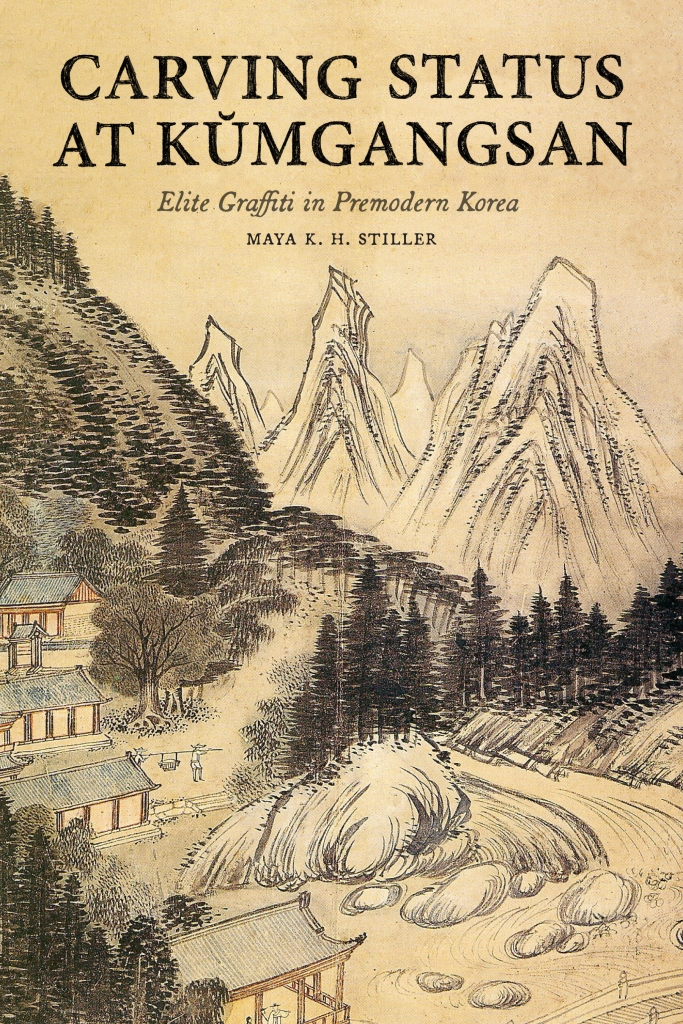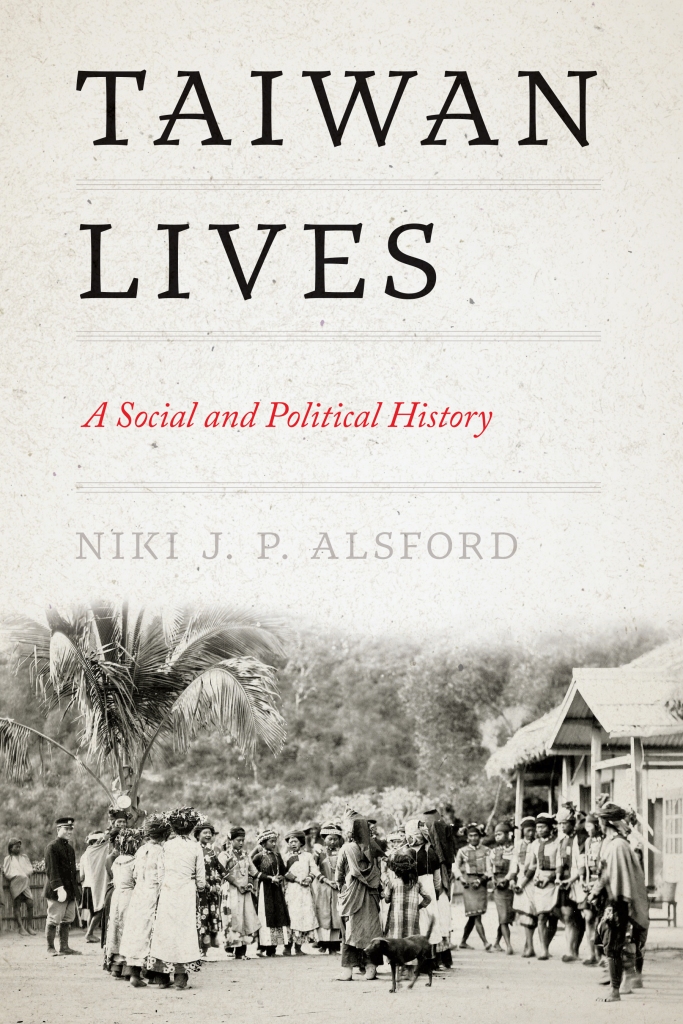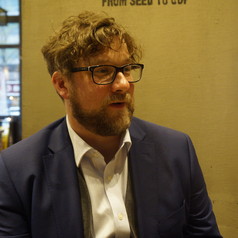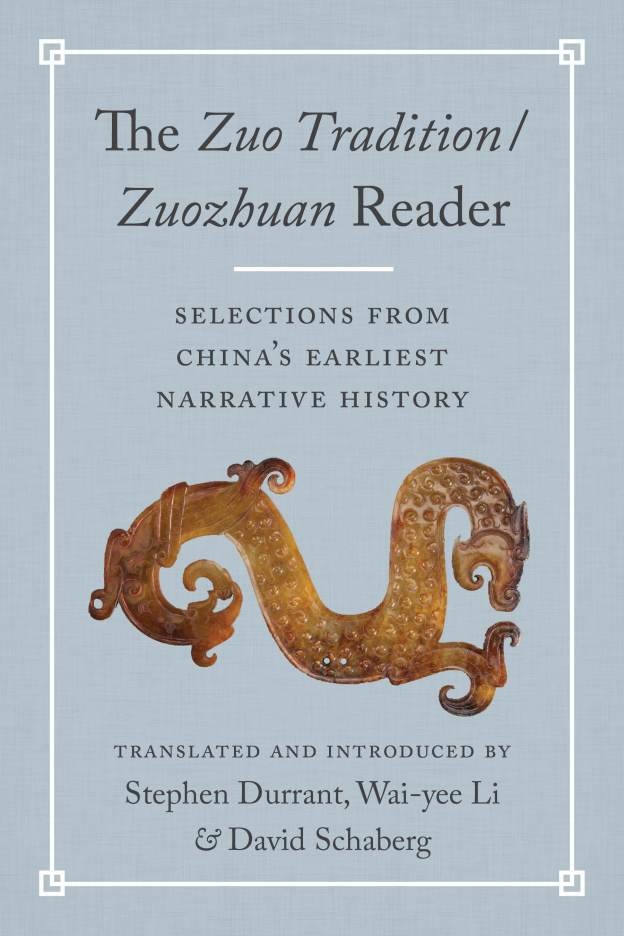The Association for Asian Studies annual conference draws thousands of scholars for multiple days of dynamic sessions, events, and a lively book exhibition. This year, the University of Washington Press is excited to welcome AAS 2024 to Seattle from March 14 to 17.
If you’re attending in person, visit us at booth 806 to browse selected and award-winning books in Asian studies, Asian art and art history, and more. Our virtual exhibit is open now, featuring a similarly wide array of new and notable books. AAS members can use code WAAS24 at checkout for a 30% discount and free shipping on all orders placed on our website through April 19, 2024.
Award-Winning Books in Asian Studies

We are thrilled to share that Carving Status at Kŭmgangsan: Elite Graffiti in Premodern Korea received an Honorable Mention for the 2024 James B. Palais Prize for English-language scholarly books published on Korea.
Congratulations to author Maya K. H. Stiller and all the honorees in this year’s prize competition.
“Stiller’s work provides a wealth of valuable insights into the history of social status, travel, and cultural production in mid- to late Chosŏn Dynasty Korea.”
—Asian Studies Review
AAS 2024 Events
Meet the Contributors: China’s Hidden Century
Friday, March 15, 1:00–2:00 pm at the UW Press Booth (806)
Stop by the UW Press booth to meet Anne Gerritsen, Steve Platt, Jeffrey Wasserstrom, and Chia-ling Yang, contributors of China’s Hidden Century. Copublished with the British Museum in conjunction with the critically acclaimed exhibition of the same name, this lavishly illustrated catalog is the first genre-spanning study of how Chinese cultural creativity flourished during the long final century of the Qing empire.

“The exhibition catalog’s seven essays . . . are a guide to this re-reading of the past, threading the relics on display into a rich tapestry of what life entailed under the last century of Manchu reign.”
—Mekong Review
University of Washington Asian Studies Reception
Friday, March 15, 7:30–9:30 pm in Room Willow B, Sheraton Grand Seattle
Join the University of Washington Asian studies community for a reception. Light appetizers will be served, and beverage tickets will be issued to the first 100 attendees (one per person) and may be used for cocktails, beer, wine, or soft drinks. Additional beverages will be available for purchase.
7:30 pm | Doors open
7:50 pm | Welcome from Danny Hoffman, Director of the Henry M. Jackson School of International Studies
8:00 pm | UW Press tribute to Lorri Hagman
9:30 pm | Doors close
Hosted by the UW Henry M. Jackson School of International Studies, Department of Asian Languages & Literature, China Studies Program, UW Japan Studies Program, Center for Korea Studies, Taiwan Studies Program, East Asia Resource Center, UW Press, Tateuchi East Asia Library, Center for Southeast Asia and its Diasporas, East Asia Center, and South Asia Center.
Introducing the ‘Taiwan and the World’ Series
UW Press is proud to introduce our newest series in Asian studies, Taiwan and the World.
“The dynamic, emerging, and interdisciplinary field of Taiwan studies is in need of scholarly, book-length inquiries into themes germane to Taiwan’s history and society,” says series coeditor James Lin. “Among these are the island’s consecutive colonizations, rapid economic growth, maturing democracy, evolving national identity, race and ethnicity, indigenous peoples, social and cultural change, and contested international position in the shadow of a rising China. This new series will highlight these themes and more, as they affect interactions between Taiwan and the larger world.”


The first release in the series, Taiwan Lives: A Social and Political History by Niki J. P. Alsford, is now available and will be followed by the publication of Good Wife, Wise Mother: Educating Han Taiwanese Girls under Japanese Rule by Fang Yu Hu in September.
We welcome innovative works that will advance the teaching of Taiwan studies, inform policy discussions, and interest general readers. Inquiries and proposals can be directed to acquisitions editor Caitlin Tyler-Richards at ctylerri@uw.edu.








































